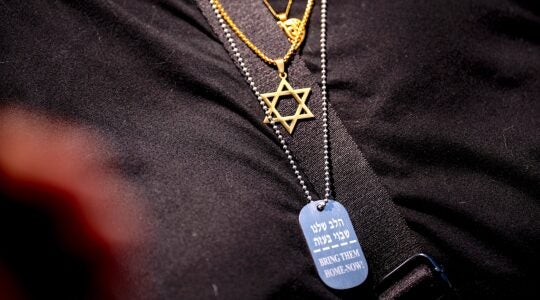If there had been book blurbs in the 17th century, one for the Tsenah Urenah might have read: “What a time-saver. I keep it in the kitchen, next to the schmaltz.”
Written by Rabbi Jacob ben Isaac Ashkenazi of Janow, Poland, the Tzenah U’Renah (in any of its varied spellings), or “women’s bible,” was once as essential to the lives of Jewish women as salt or Shabbos candles.
Composed of Yiddish adaptations of selected Torah portions, the five Megillahs, and relevant midrashim, the Tzenah U’Renah was originally meant for anyone who lacked sufficient fluency in Hebrew to study Torah in the original; but the book soon became associated strictly with women, few of whom learned any Hebrew outside of the elements in Yiddish.
The earliest surviving Tzenah U’Renah—whose title was lifted from a verse of the Song of Songs (Shir Hashirim) that implores the maidens of Zion to “go forth and gaze!”–dates from 1622. Subsequent editions reflect varied nationalist and religious movements, from Haskalah to Hasidism. Today, surviving editions provide a trove of information on the history of women’s observance throughout the Yiddish-speaking Jewish world.
JTA has documented Jewish history in real-time for over a century. Keep our journalism strong by joining us in supporting independent, award-winning reporting.





